Ocea Jigger PG, MG, HG, or XG?
10th Aug 2022
This year Shimano released new additions of different gears to Ocea Jigger.
Now we have
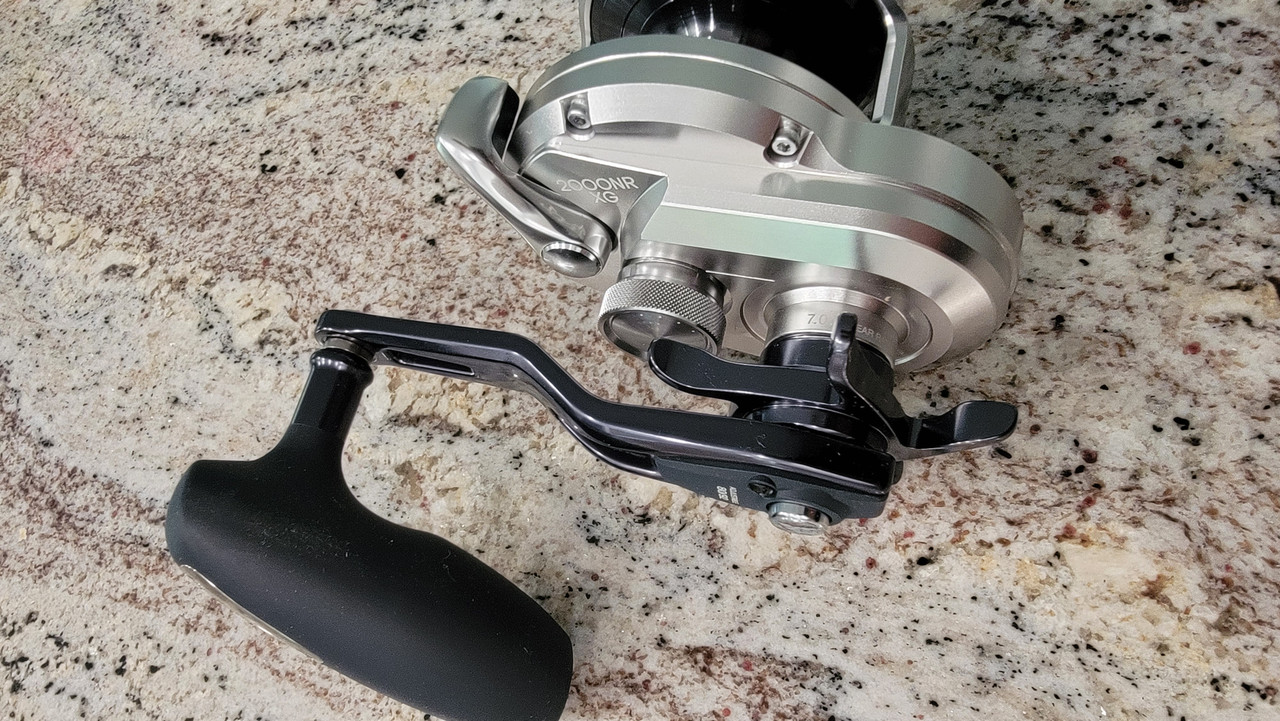
|
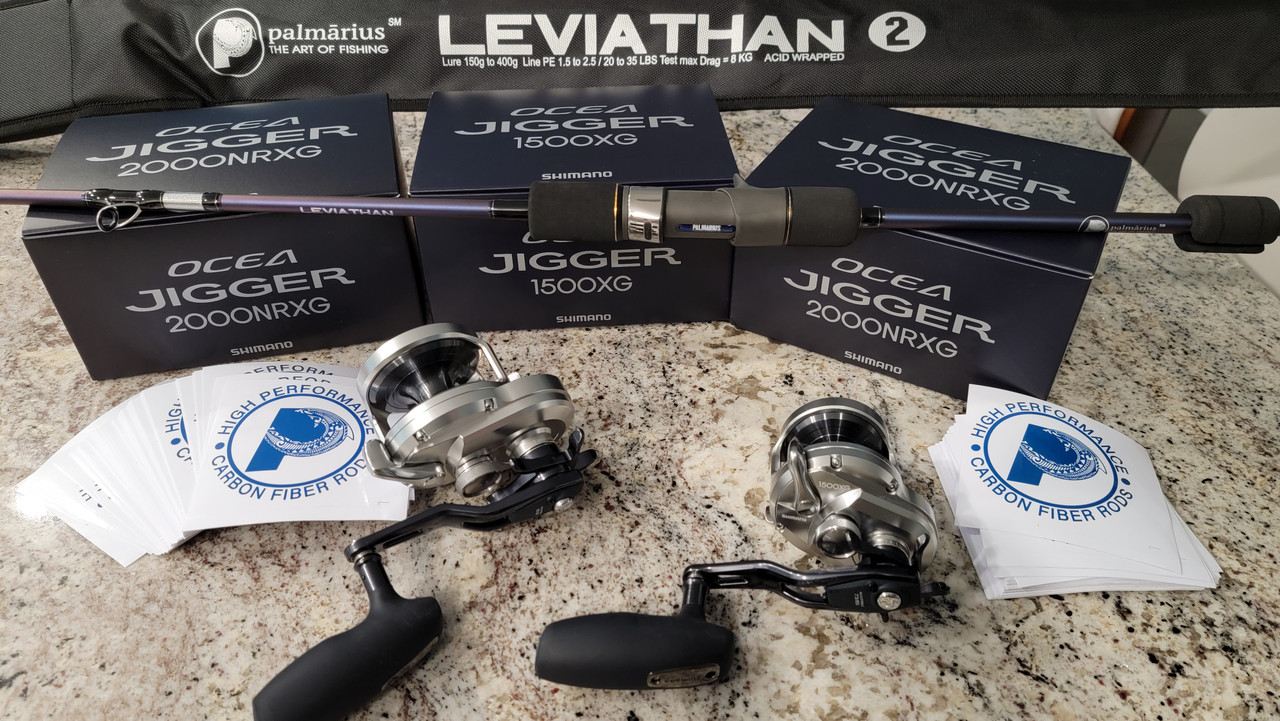
|

|
| 1500PG, 5.1 gear ration, 78cm retrieve. | 1500HG, 6.4 gear ration, 97cm retrieve. | 1500XG, 7.3 gear ration, 112cm retrieve. |
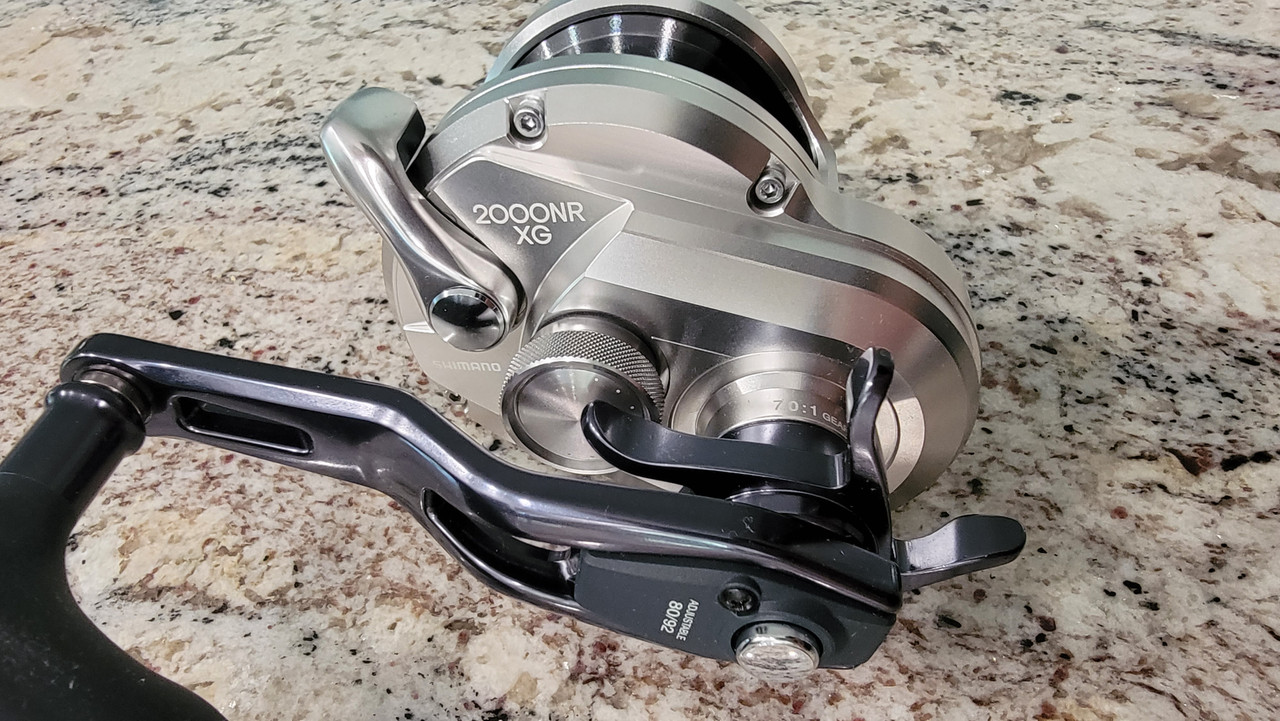
|
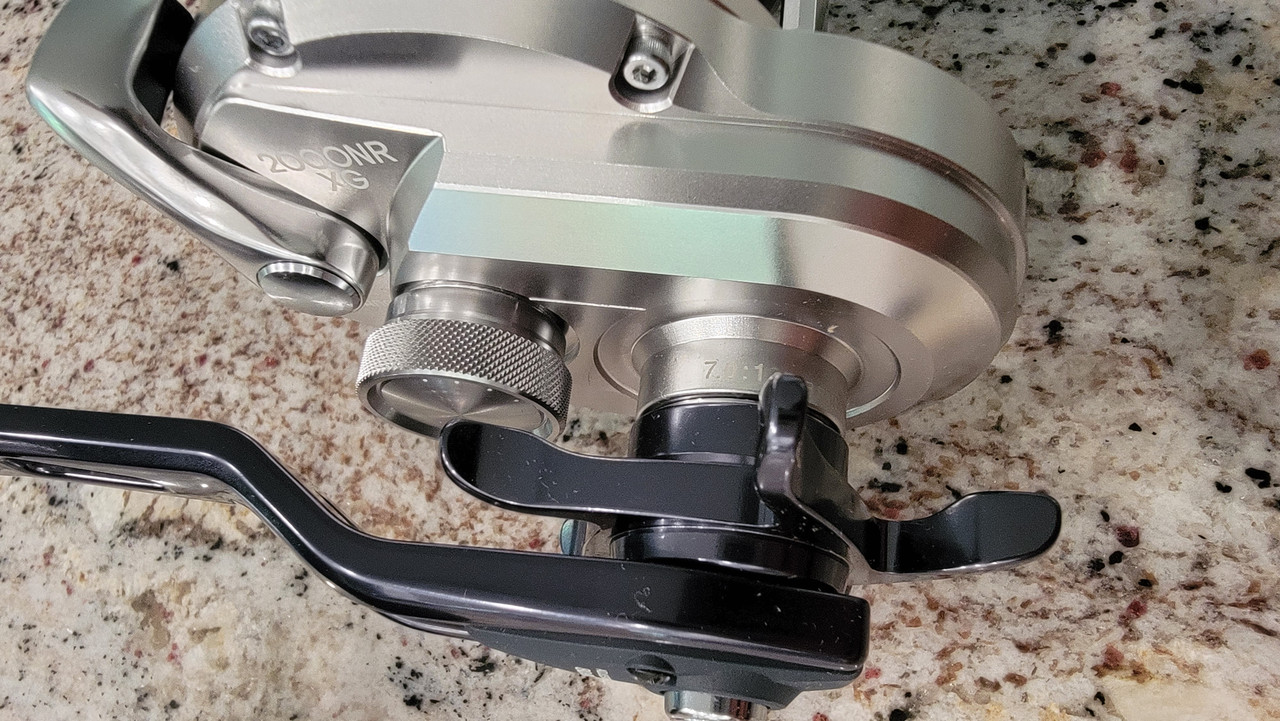
|
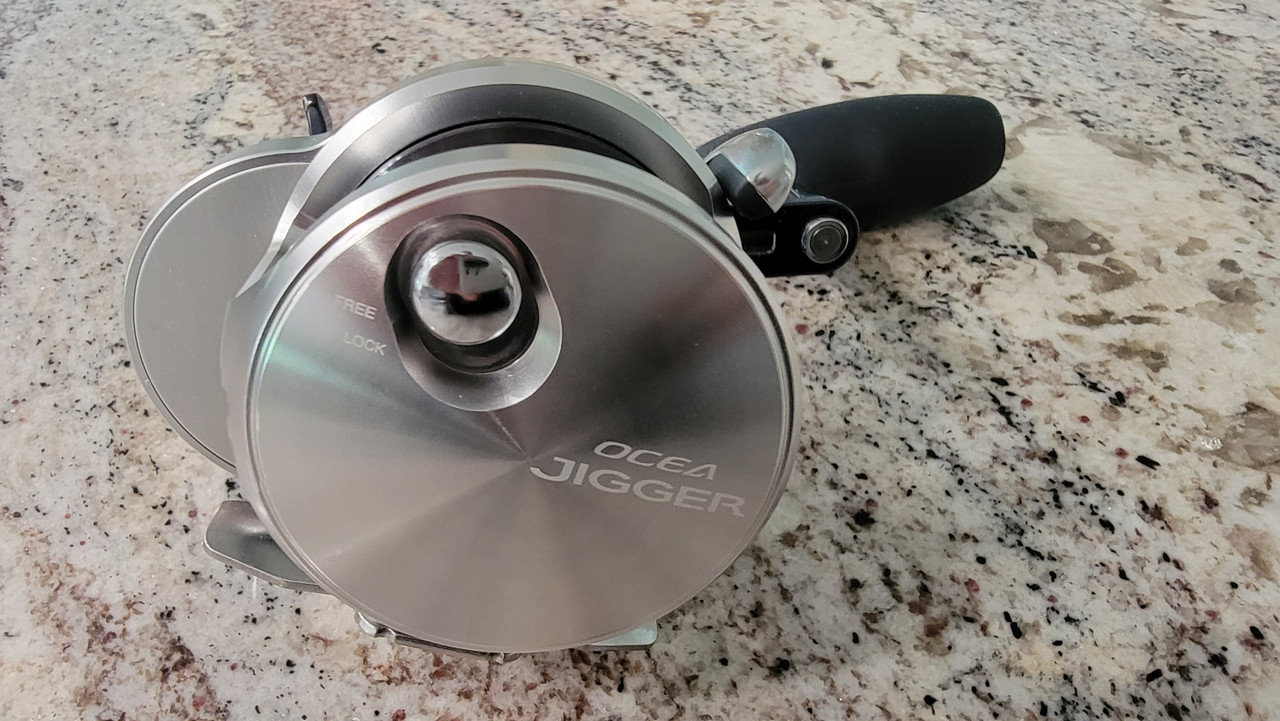
|
| 2000NRPG, 5.1 gear ration, 96cm retrieve. | 2000NRMG, 5.7 gear ration, 107cm retrieve. | 2000NRHG, 6.2 gear ration, 117cm retrieve. |

|
||
| 2000NRXG, 7.0 gear ration, 132cm retrieve. |
MG and HG are the new additions with different power and speed.
I get questions about which model is the best.
People have different conditions. I think it’s very important that you understand what pros and cons are expected and make your purposeful choice. After all, it all comes down to how you use it.
1500 or 2000?
General recommendations would be:
- If you are fishing mainly around 50m, up to 80m, choose 1500
- If you are fishing mainly around 100m, choose 2000.
- If you want to try deeper than 150m, get 4000.
PG, MG, HG, or XG?
Low gear means high power, low speed (fewer retrieve length per crank)
High gear means low power, high speed.
The choice may seem difficult when you are just starting.
Before talking about reel choices, let me explain a little bit about how I evaluate my game. It may help you understand the choice you are making.
When I evaluate my SPJ game, I think about these 3 categories.
- Contact rate
- Hook rate
- Catch rate
After every fishing trip (it not during), I evaluate my game in these categories since there are many things I can do or change in each category to improve my game.
Let me go through these categories in relation with the reel.
Contact Rate is how much contacts I get.
The jig shouldn’t move too much (too wild) and It shouldn’t move too little.
Moving too much wouldn’t be the problem in many cases. When you are in the shallow waters and you stay vertical, this can be a problem but in most cases moving too little is the problem.
The jig moves too little when you have too much line slack. Line slack happens when you are drifting away from your jig, when you are fishing in multiple layers of currents, when you are in deep waters, when you have the heavy line, etc.
Connecting your jig with the straight line is the key to SPJ actions. I’m fortunate to fish on the spankered boat which the captain controls the drift to keep us vertical. Yet, when I first drop 100m+ to the bottom, I always crank up 10 meters as fast as I can, then drop back down and start my actions. I do this because I want my line to be as straight as possible when I start my actions and I hope my jig moves in a sharp response to my control.
I brought this up just to say that being in a straight line is that important in SPJ.
When you reel and lift the rod during actions, you are taking out the line slack as you move the jig. If there’s more line slack than you can take out in each stroke, the jig won’t move and it will be just hanging in the water.
So, high gear takes out more line slack in one crank and it has an advantage because of this.
Especially when you are free-drifting, you are naturally in much line slack.
Hook Rate is how much I didn’t miss to hook the fish that contacts.
It’s got a lot to do with the hooks, knots and rings. Missing to hook is quite often in SPJ. (On the other side of the coin is that we get many contacts). Because there are many moments that we just let the jig swim and fall on its own. The line is not tensioned in these times and that can cause missing to hook. That’s why SPJ hooks need to be fine-tuned
But nothing to do with the reel for this subject.
Catch Rate is how much I land the fish that is hooked.
Line breaks and unhooking happen from time to time. It’s got a lot to do with negotiation during the fight. We are facing big fish with a light line and we need to have a mind to negotiate with the fish, not just overpowering the fish. How to bring the fish up quietly. How much to let the fish run. How to manage around the bottom. How to keep the same tension on the line.
As far as the reel is concerned, the drag has the most to do with this. Shaky drag cannot adapt to sudden changes in line tension and can cause line breaks or unhooking. How you use the rod serves for the same purpose.
Short pump is the key. Keep your rod down, no higher than 90 degrees (perpendicular to the line). I use the rod, not to pull the fish up, but to maintain the same line tension.
The gear does not have much to do with this. Low gear has more power, sure, but the lifting power is always capped by the drag anyway, which is typically set at 3 - 5kg. Low gear has some advantage actually because it’s easier to make the lifting smooth. But it doesn’t mean that high gear cannot lift smoothly.
CONCLUSION
When you consider the gear choice in Contact Rate, Hook Rate, and Catch Rate, high gear seems to have the advantage overall.
But there’s a dilemma. When you are not vertical, like in free-drifting, you want high gear to take out as much line slack as possible. But when you are not vertical, the water is heavy. And you want to use the heavier jig to stay as vertical as possible so that the jig is heavy too. High gear seems short of power sometimes.
But on the other hand, you want low gear to make the lifting EASY? We want to CATCH fish. We don’t mind working hard.
So there’s a balance to make. And it’s all different, depending on your fishing conditions.
Now we have new MG and XG in addition to PG and HG, however, I still think 2000NR-HG is my choice for the best balance. Note that I’m fishing on a spankered boat with the captain controlling the drift, the best possible condition to stay vertical, the water depth from 100m to 130m mostly, and the jig weights from 180g to 300g. When I do deeper with heavier jigs, I will use OJ4000HG or SOM L80Hi.
When you are free-drifting, I recommend exploring around 80m. And I recommend OJ2000NRHG. But XG can be your choice too if you are experienced.
If you are mainly in shallower waters like 50m - 60m, OJ1500HG is probably the best fit. Or OJ2000NRXG can be an aggressive choice. You just need to be careful not to be too fast when you have a good angler-friendly condition.
If you are on the controlled drift, 1500HG or 2000NRHG, depending on the depth.
